The Big Island of Hawaii, also known simply as Hawaii Island, is the largest and most diverse of the Hawaiian Islands, offering a wide range of natural wonders, cultural experiences, and outdoor adventures. It is steeped in a rich history that intertwines ancient Polynesian culture with significant events of more recent centuries.
Originally settled by Polynesians around the 5th century AD, these early inhabitants brought with them a deep connection to nature and a unique cultural heritage that shaped the island’s identity. The island’s landscape, characterized by active volcanoes and lush rainforests, played a crucial role in shaping the lives and beliefs of its early inhabitants.
In the late 18th century, British explorer Captain James Cook arrived on the island, marking the beginning of significant contact with Western explorers. This encounter ultimately led to transformative changes in Hawaiian society, including the introduction of Western goods and Christianity. During the 19th century, Hawaii became a hub for the global sugar industry, and the Big Island witnessed rapid economic growth driven by sugar plantations. This era also saw the overthrow of the Hawaiian monarchy in 1893, followed by annexation by the United States in 1898.
Today, the Big Island is renowned not only for its natural beauty and diverse ecosystems but also for its vibrant cultural heritage, preserved through hula performances, traditional arts, and festivals celebrating its Polynesian roots. The island’s history reflects a blend of ancient traditions and more recent influences, making it a captivating destination for visitors seeking both natural wonders and cultural immersion.
Regions
The Big Island of Hawaii is well, BIG. It is divided into several main regions, each with its unique landscapes and attractions.
- Kona (West Coast): Known for its sunny weather, beautiful beaches, and excellent snorkeling and diving spots. Home to the historic town of Kailua-Kona, famous for its coffee farms and the annual Ironman World Championship.
- Hilo (East Coast) Features lush rainforests, waterfalls, and botanical gardens. Hilo is the island’s largest town and a gateway to Hawaii Volcanoes National Park.
- Kohala Coast (Northwest): Renowned for its luxury resorts, golf courses, and stunning beaches. Includes the historic towns of Waimea (Kamuela) and Hawi.
- Puna (Southeast): Known for its geothermal features, black sand beaches, and the rugged, volcanic coastline. Home to the artistic and eclectic town of Pahoa.
- Kaʻū (South): A more remote area known for its natural beauty, including Punaluʻu Black Sand Beach and South Point (Ka Lae), the southernmost point in the United States. Also home to the charming town of Naʻalehu.
- Hāmākua Coast (Northeast): Famous for its scenic drives, waterfalls like Akaka Falls, and lush valleys like Waipiʻo Valley. The town of Honokaʻa serves as a gateway to this picturesque region.
The Same
We both visited Kona and Volcanoes National Park as two stops on a Hawaiian Cruise but also came back and stayed on the island for several days. It really takes more than a week to explore the entire island.
Hilo
Located on the eastern side of the island, Hilo is a charming town known for its lush gardens, historic architecture, and vibrant local culture. Highlights include the Hilo Farmers Market, the ‘Imiloa Astronomy Center, and Rainbow Falls.
Volcanoes National Park
Home to two of the world’s most active volcanoes, Kilauea and Mauna Loa, Volcanoes National Park is a UNESCO World Heritage Site and a must-visit destination on the Big Island. Visitors can explore volcanic landscapes, hike through lush rainforests, and witness the awe-inspiring sight of lava flows. We both visited Hilo on a cruise stop and did a tour of Volcanos National park but the family went back and explored further with kids.
- Active Volcanoes: The park is home to two of the world’s most active volcanoes, Kilauea and Mauna Loa. Kilauea has been continuously erupting since 1983, making it one of the most closely studied volcanoes on Earth. Visitors can witness volcanic activity firsthand, including lava flows, steam vents, and volcanic gases.
- Crater Rim Drive: The Crater Rim Drive offers a scenic 11-mile loop around the summit of Kilauea Caldera, providing stunning views of the surrounding landscapes and volcanic features. Along the drive, visitors can stop at overlooks, visitor centers, and hiking trails to learn about the geology, history, and ecology of the area.
- Thurston Lava Tube: A short walk from the main road leads to the Thurston Lava Tube, a fascinating underground tunnel formed by flowing lava. Visitors can walk through the dimly lit tube and imagine the immense power of volcanic eruptions that created it.
- Jaggar Museum and Overlook: Located near the summit of Kilauea, the Jaggar Museum offers exhibits on volcanology and Hawaiian culture, as well as panoramic views of the Halema’uma’u Crater and ongoing volcanic activity. Visitors can watch as lava glows and spatters within the crater, providing a mesmerizing nighttime spectacle. The Dinks were lucky enough to see it bumbling up from the crater at the welcome center back in 2017. Kilauea’s eruption in 2018 destroyed that welcome center.
- Hiking Trails: Volcanoes National Park offers a variety of hiking trails for visitors of all skill levels, ranging from short walks to multi-day treks. Popular hikes include the Kilauea Iki Trail, Devastation Trail, and Pu’u Huluhulu Trail, each offering unique perspectives on the park’s volcanic landscapes and natural beauty.
Waipio Valley
Often referred to as the “Valley of the Kings,” Waipio Valley is a lush, verdant valley located on the northeastern coast of the Big Island. Visitors can take guided tours or hike down into the valley to explore its dramatic landscapes, towering waterfalls, and black sand beaches.
The Green Sand Beach
The Green Sand Beach, also known as Papakolea Beach, is a unique and stunning natural wonder. The Green Sand Beach gets its name from the distinctive olive-green hue of its sand, which is formed from a mineral called olivine. Olivine is a common component of volcanic rock, and over time, the waves and weathering have eroded the volcanic cinder cone that surrounds the beach, leaving behind this unique green sand. Situated in a remote and rugged coastal area near the southern tip of the Big Island. Visitors must hike or drive along a rough dirt road to reach the beach, adding to its sense of adventure and seclusion. To reach the Green Sand Beach, visitors can embark on a scenic 2.5-mile hike (each way) along the rugged coastline from the parking area near South Point. The water was too rough to swim although some locals ventured in. It was a tough hot hike back. We definitely considered paying for a lift back but ultimately were proud we completed it on our own.
Local Cuisine
Both the Dinks and the Family also enjoyed a lot of the same local cuisine. Hawaiian cuisine is a delicious fusion of flavors and influences from native Hawaiian, Asian, and American cultures.
- Poke: A traditional Hawaiian dish made from raw fish (usually ahi tuna) marinated in soy sauce, sesame oil, and mixed with ingredients like seaweed, onions, and avocado.
- Kalua Pig: This is a traditional Hawaiian dish where a whole pig is slow-cooked in an underground oven called an imu, resulting in tender, smoky, and flavorful meat.
- Loco Moco: A hearty dish that typically consists of white rice topped with a hamburger patty, a fried egg, and brown gravy.
- Plate Lunch: A popular Hawaiian meal that usually includes a main protein (like teriyaki chicken, beef, or pork), two scoops of rice, and a scoop of macaroni salad.
- Spam Musubi: A beloved snack in Hawaii, it consists of a slice of Spam on top of a block of rice, wrapped together with a strip of nori (seaweed).
- Poi: A traditional Hawaiian staple made from taro root that has been cooked, mashed, and fermented to create a smooth, starchy paste. Okay we aren’t really fans of this but you still should give it a try, once.
- Haupia: A coconut milk-based dessert that is often served as a firm, gelatin-like pudding or cut into squares. (McDonald’s has a Coconut Pie that in no way is similar to this or even really that good but sometimes you just need something sweet, fast and cheap.)
- Lomi Lomi Salmon: A salad made with salted salmon, tomatoes, onions, and sometimes green onions, often served chilled.
- Laulau: A traditional Hawaiian dish where pork, fish, or chicken is wrapped in taro leaves and then ti leaves, and steamed or baked until tender.
- Manapua: Hawaiian-style char siu bao, which are steamed or baked buns filled with savory fillings such as barbecue pork.
- Huli Huli Chicken: Grilled chicken that has been marinated in a sweet and savory sauce made with pineapple juice, soy sauce, brown sugar, and ginger.
- Shave Ice: A refreshing treat made from finely shaved ice, flavored with a variety of syrups, and often topped with condensed milk or ice cream.
- Malasadas: Portuguese-inspired doughnuts that are deep-fried and coated in sugar, often filled with custard, chocolate, or other sweet fillings.
The DINKs
Rainbow Falls
As we approach Rainbow Falls, the sound of rushing water grows louder, heightening our anticipation of the natural spectacle that awaits. Emerging from the dense foliage, we catch our first glimpse of the waterfall, its powerful cascade plunging over a rugged cliff. Named for the vibrant rainbows that often form in the mist rising from the cascading waters, this majestic waterfall is a must-see destination for nature lovers and adventurers alike.
Kona Brewing Co.
Kona Brewing Co. is situated in a picturesque setting in the heart of Kailua-Kona, near the oceanfront. The brewery’s location offers stunning views and a laid-back Hawaiian atmosphere that perfectly complements its craft beer offerings. Kona Brewing Co. is renowned for its lineup of delicious and innovative craft beers, which often feature tropical flavors and local ingredients inspired by the Hawaiian islands. Our favorite is the Koko Brown.
Kona Coffee Plantations
Nestled amidst the verdant slopes of the Kona region on the Big Island of Hawaii lies a hidden gem cherished by coffee enthusiasts worldwide: the Kona coffee farms. As we set foot on the sprawling coffee estate, the aroma of freshly roasted beans fills the air, signaling the start of our immersive farm tour experience. Surrounded by lush greenery and shaded by towering trees, we are introduced to the art of coffee cultivation by knowledgeable guides who share insights into the region’s unique microclimate and volcanic soil composition that contribute to the exceptional quality of Kona coffee. As our farm tour comes to an end, we depart with a newfound appreciation for the artistry and heritage of Kona coffee and of course, some coffee for at home.
The southernmost point
The southernmost point in Hawaii, known as Ka Lae or South Point, is a rugged and windswept promontory located on the Big Island. Here, visitors can stand at the southernmost tip of the United States and marvel at the vast expanse of the Pacific Ocean stretching to the horizon. Upon arrival at South Point, travelers are greeted by dramatic cliffs and ocean views that showcase the raw beauty of Hawaii’s coastline. The area is renowned for its strong winds, making it a popular spot for activities like hang gliding and cliff diving for the adventurous.
Hapuna Beach
Hapuna Beach is renowned for its soft, white sand and crystal-clear turquoise waters. It stretches for about half a mile along the coast and offers plenty of space for sunbathing, swimming, and beach activities. The waters at Hapuna Beach are typically calm and clear, making it an ideal spot for swimming and snorkeling. Visitors can explore vibrant coral reefs teeming with marine life, including colorful fish and occasional sightings of sea turtles. We stayed at the Westin Hapuna beach for a wedding and would highly recommend it though it is not budget friendly, you can use free Marriott certificates for your stay like we did.
- The portion of the Ala Kahakai National Historic Trail that stretches between Hapuna Beach State Park and Mauna Kea Beach Hotel is a favorite among visitors seeking a beautiful coastal trek on the Kohala Coast of the Big Island of Hawaii. Along the way, you’ll be treated to breathtaking Pacific Ocean views, swaying palm trees, and dramatic lava rock formations. We didn’t have any luck seeing sea turtles but some people did. The trail is a moderate 2.4-mile out-and-back journey, taking roughly 45 minutes to an hour to complete at a leisurely pace. The path is a well-maintained combination of paved sections and rocky lava terrain. Sturdy shoes with good traction are recommended.
- 49 Black Sand Beach, also known as Honoka’ope Beach, is a unique gem located on the volcanic rim of Honoka’ope Bay on the Big Island of Hawaii. The beach isn’t black sand in the strictest sense, but rather a dark gray colored sand composed of finely ground volcanic rock. This unique sand is a result of centuries of volcanic activity on the island. It was a good spot for swimming and snorkeling. We were able to see colorful fish in the coral reefs closer to the edges of the bay.
The Family
Volcanoes National Park
Here, visitors have the opportunity to witness the raw power and dynamic beauty of volcanic landscapes shaped by millennia of geological activity. Join us on an unforgettable journey as we explore the highlights of this mesmerizing park, including the Kilauea Visitor Center, Chain of Craters Road, and Pu’u Lava Trail.
- Kilauea Visitor Center: Our adventure begins at the Kilauea Visitor Center, a gateway to the wonders of Volcanoes National Park. Here, visitors can immerse themselves in the fascinating history and geology of the area through informative exhibits, interactive displays, and educational programs. Knowledgeable park rangers are on hand to provide insights and guidance, helping visitors make the most of their exploration of this unique volcanic landscape.
- Chain of Craters Road: We took a scenic drive along the iconic Chain of Craters Road, a winding route that offers breathtaking vistas of the park’s diverse terrain. Along the way, we pass ancient lava flows, lush rainforests, and expansive volcanic craters, each offering a glimpse into the park’s rich geological history. Be sure to stop at designated viewpoints to marvel at the sweeping panoramas and capture photos of the dramatic landscapes that unfold before us.
- Pu’u Lava Trail: We did a hike along the Pu’u Lava Trail, a captivating trek through a surreal landscape shaped by recent volcanic activity. As we traverse the rugged terrain, we encounter otherworldly lava formations, steam vents, and colorful mineral deposits, evidence of the ongoing volcanic processes that continue to shape the island to this day. Along the way, we pause to reflect on the power and beauty of nature, surrounded by the sights and sounds of an active volcanic landscape.
- Encountering Petroglyphs: As we venture deeper into the trail, we come upon the first signs of the ancient petroglyphs etched into the lava rock. These intricate carvings, created by the indigenous people of Hawaii centuries ago, depict a variety of symbols, shapes, and figures, each with its own significance and meaning. Some petroglyphs represent animals, plants, or celestial bodies, while others tell stories or convey spiritual beliefs. As we pause to study the petroglyphs, we are struck by the mystery and beauty of these ancient artworks. While some symbols are easily recognizable, others remain enigmatic, their meanings lost to time.
For the full details on the Family’s trip, check out the AffordableFamilyTravel.com blog.
Summary
When comparing the experiences of the DINKs and the Family on the Big Island of Hawaii, it’s clear both enjoyed the island’s diverse attractions and local flavors. Both ventured to iconic spots like Hilo and Volcano National Park, each leaving their own unique footprint on these natural wonders. The DINKs’ extensive exploration, including visits to Rainbow Falls, Kona Brewing Co., coffee plantations, the southernmost point, and Hapuna Beach, showcased their deep dive into the island’s offerings. On the other hand, the Family, balancing their visits around children, still managed to appreciate the island’s beauty and cultural richness, albeit with fewer excursions. Whether it’s the immersive adventures of the DINKs or the family-friendly approach of the Family, both experiences underscore the Big Island’s allure and leave visitors with lasting memories of Hawaii’s captivating landscapes and hospitality.


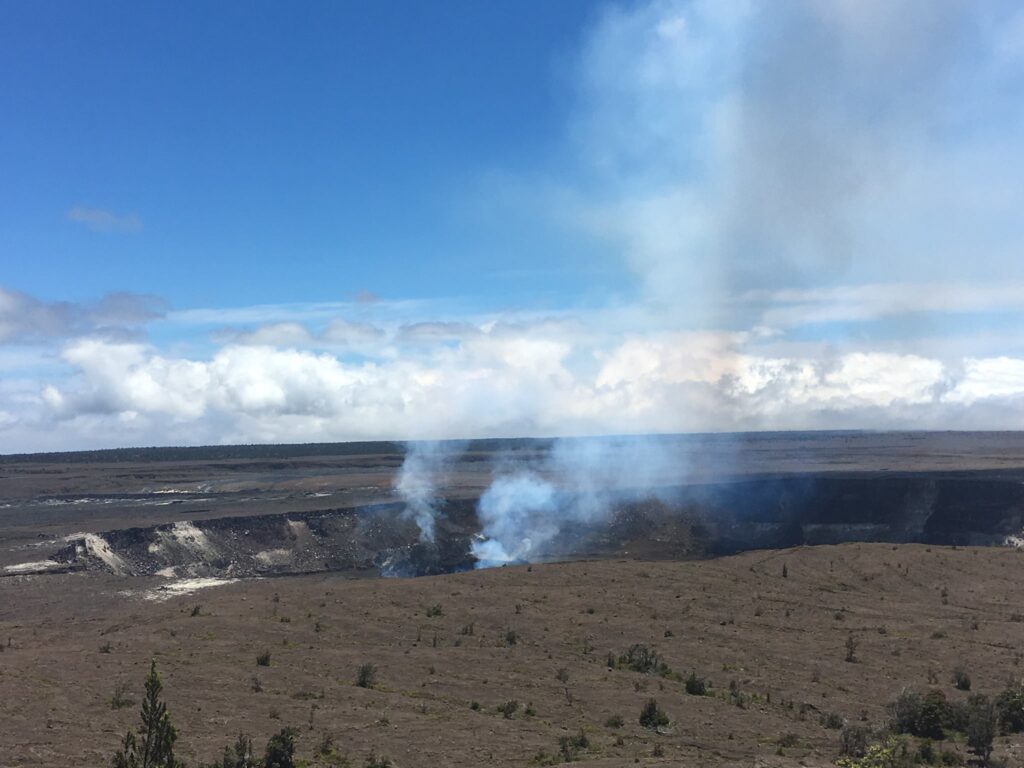
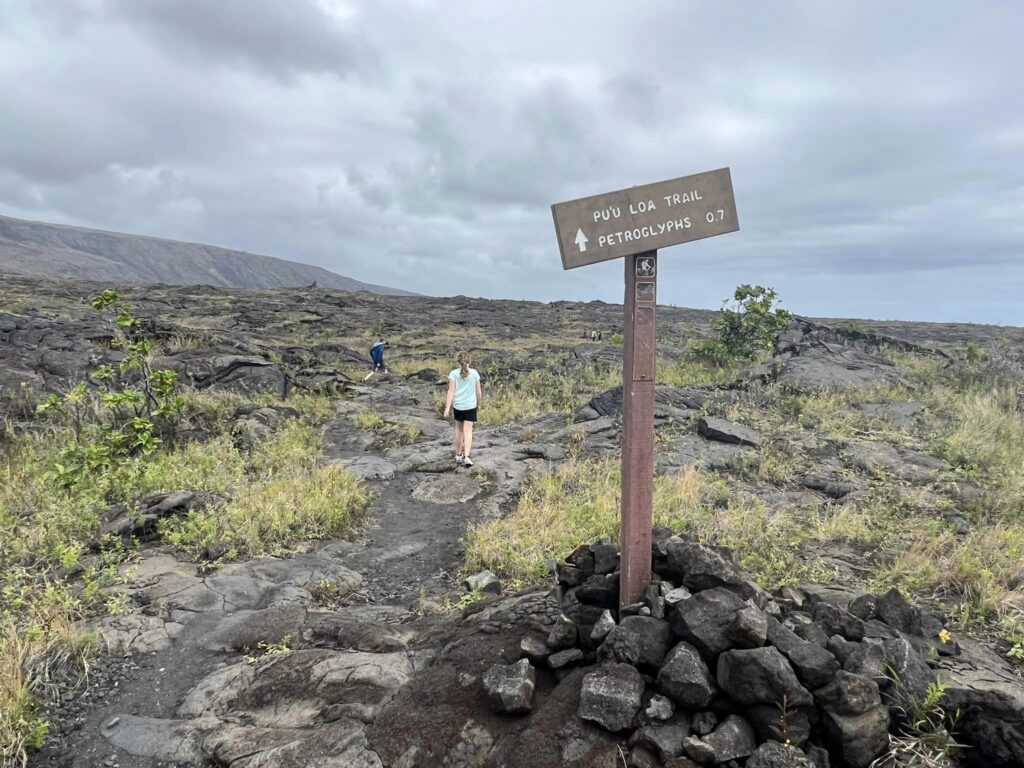


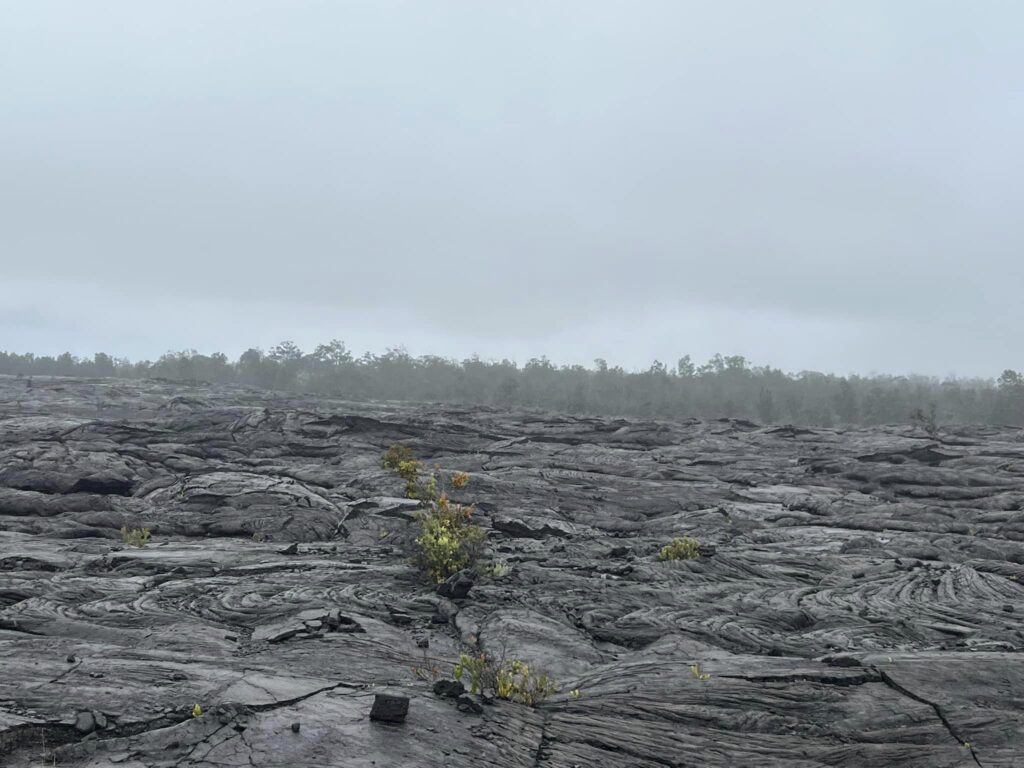
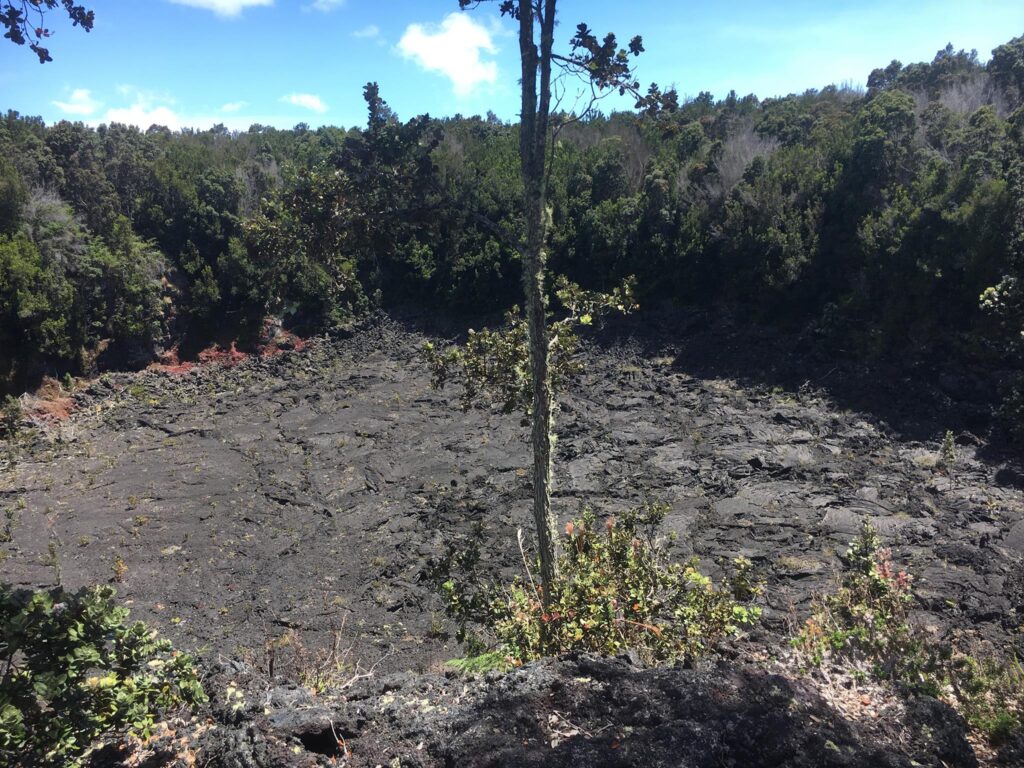

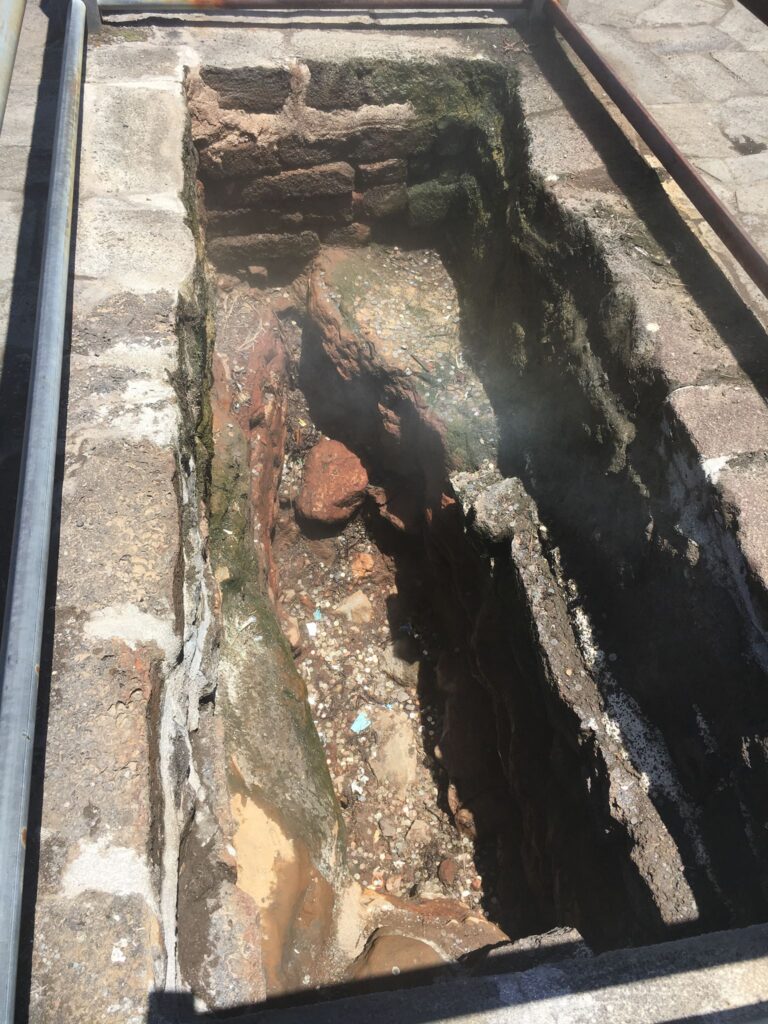
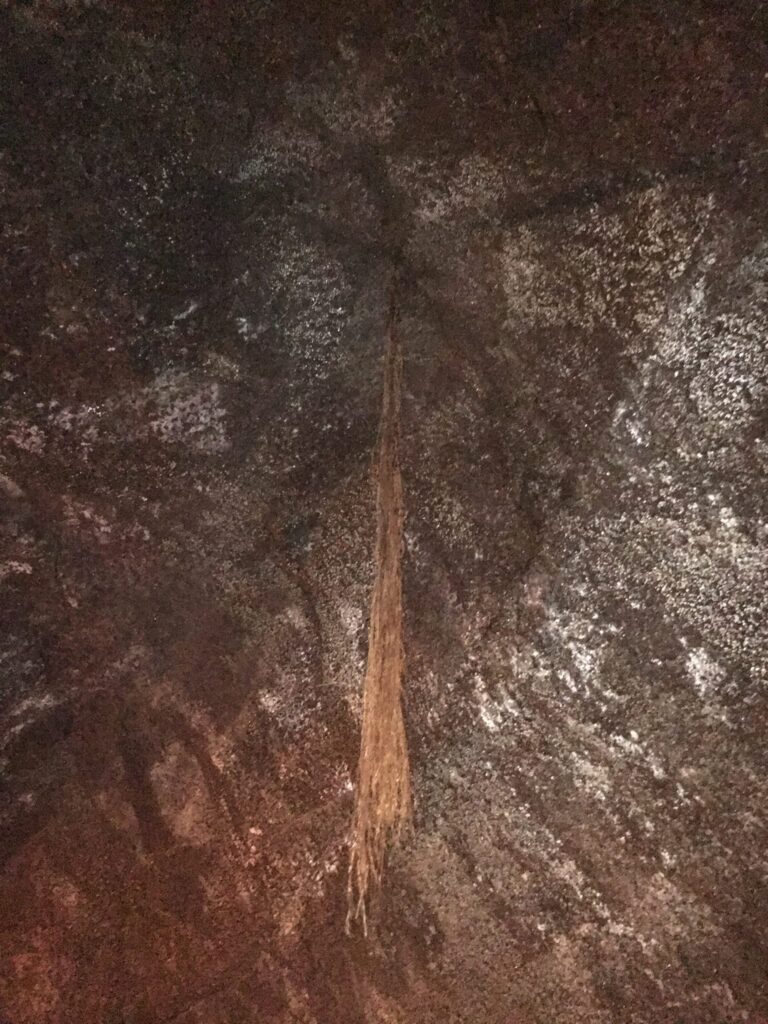

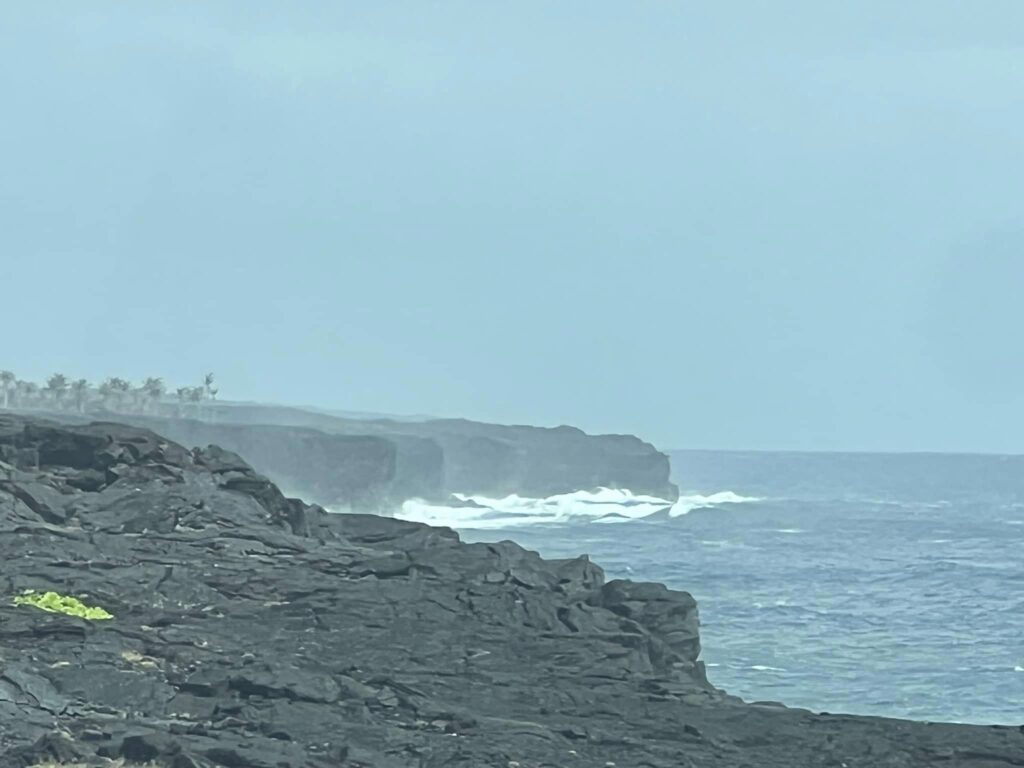
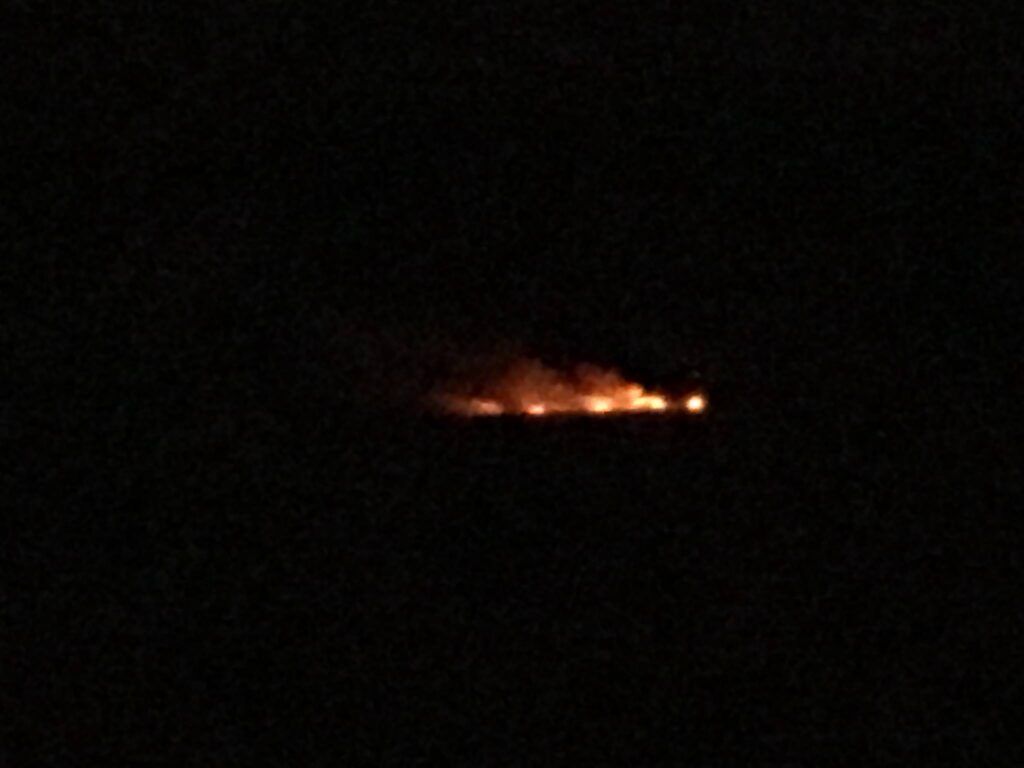
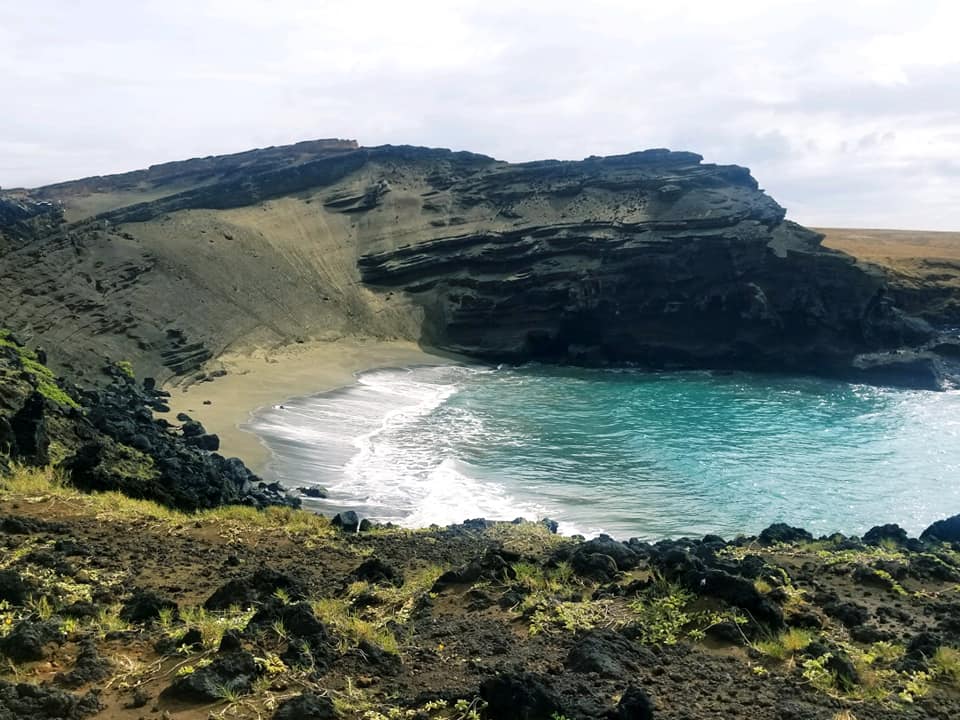
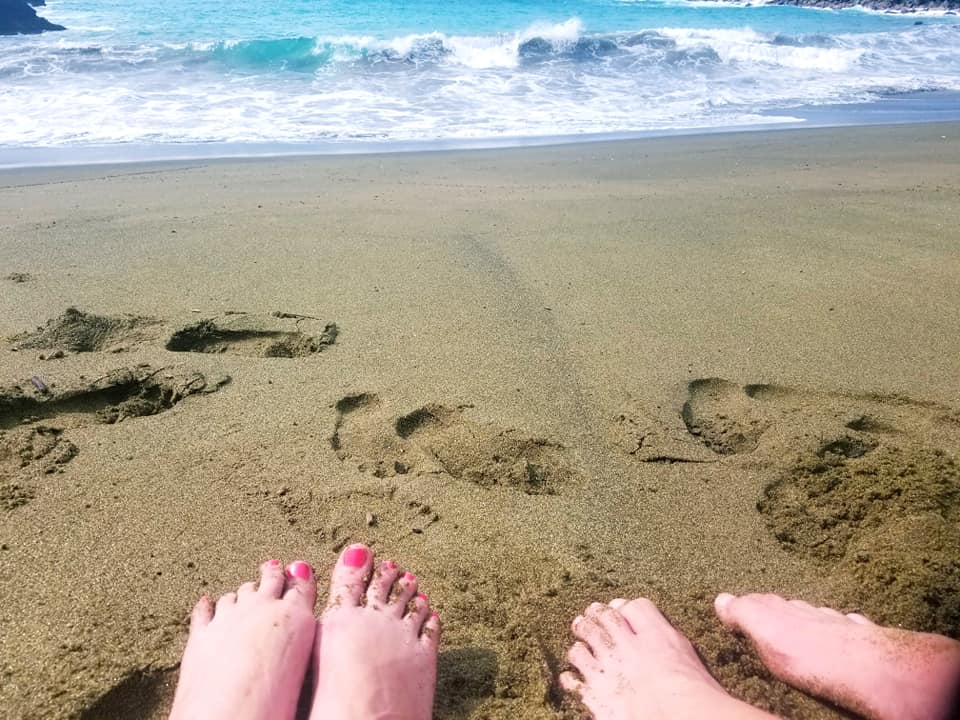
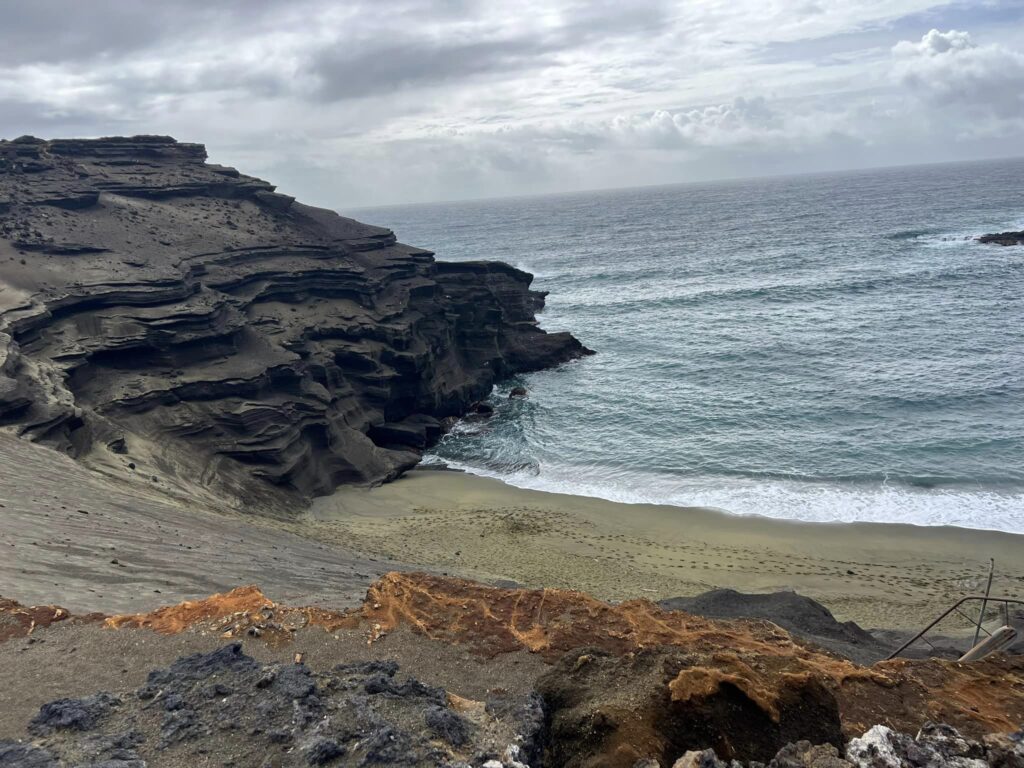


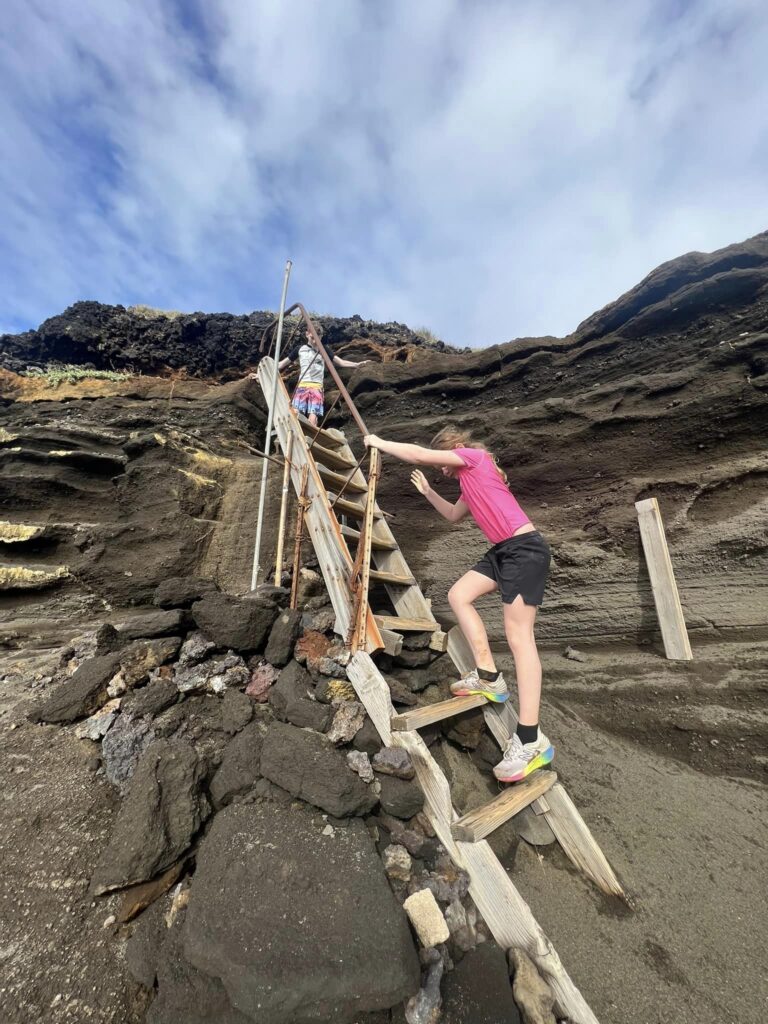
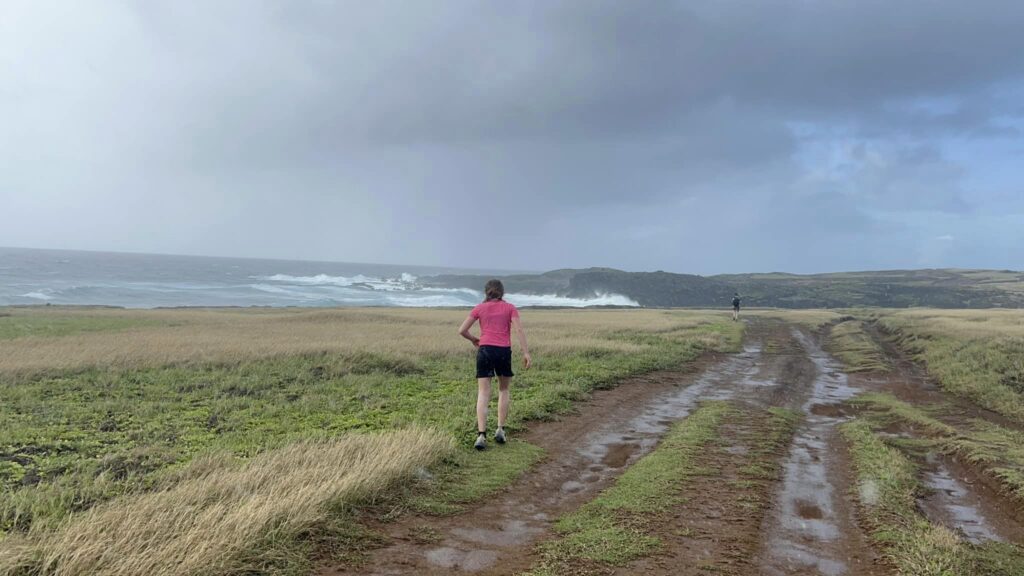

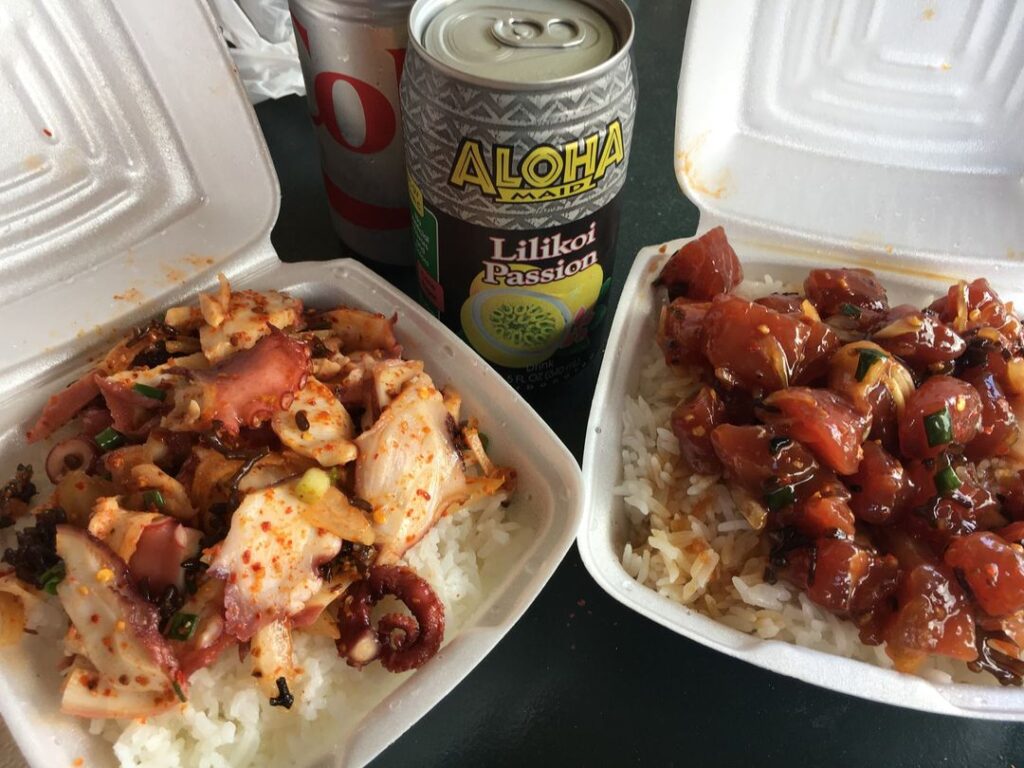
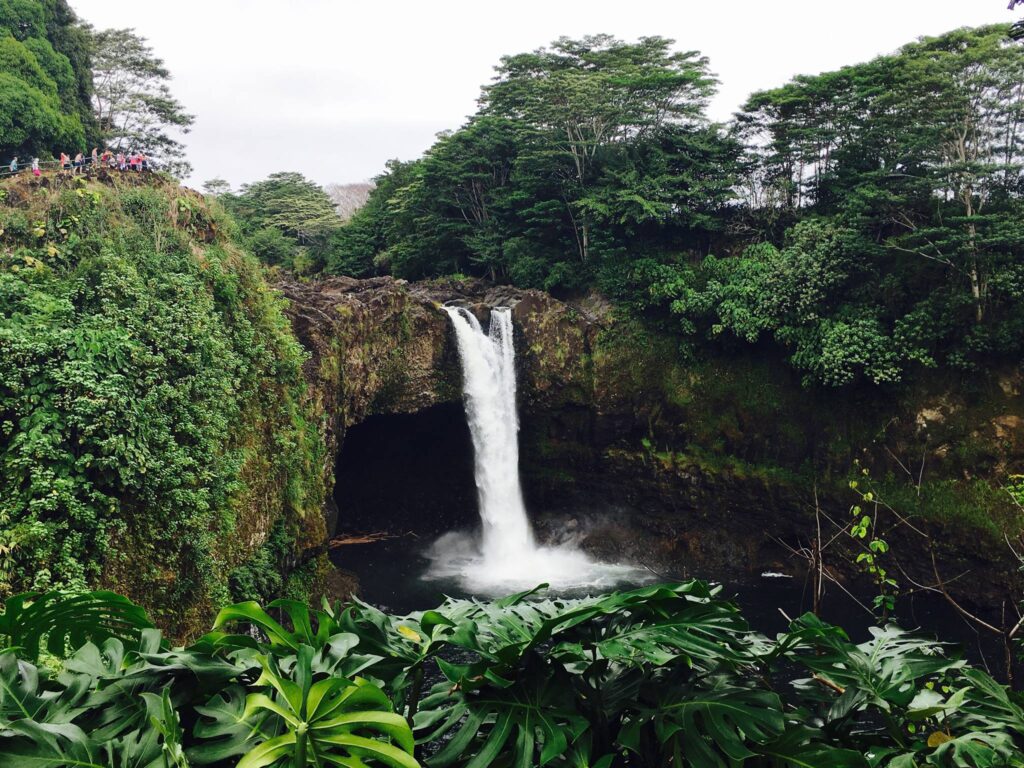



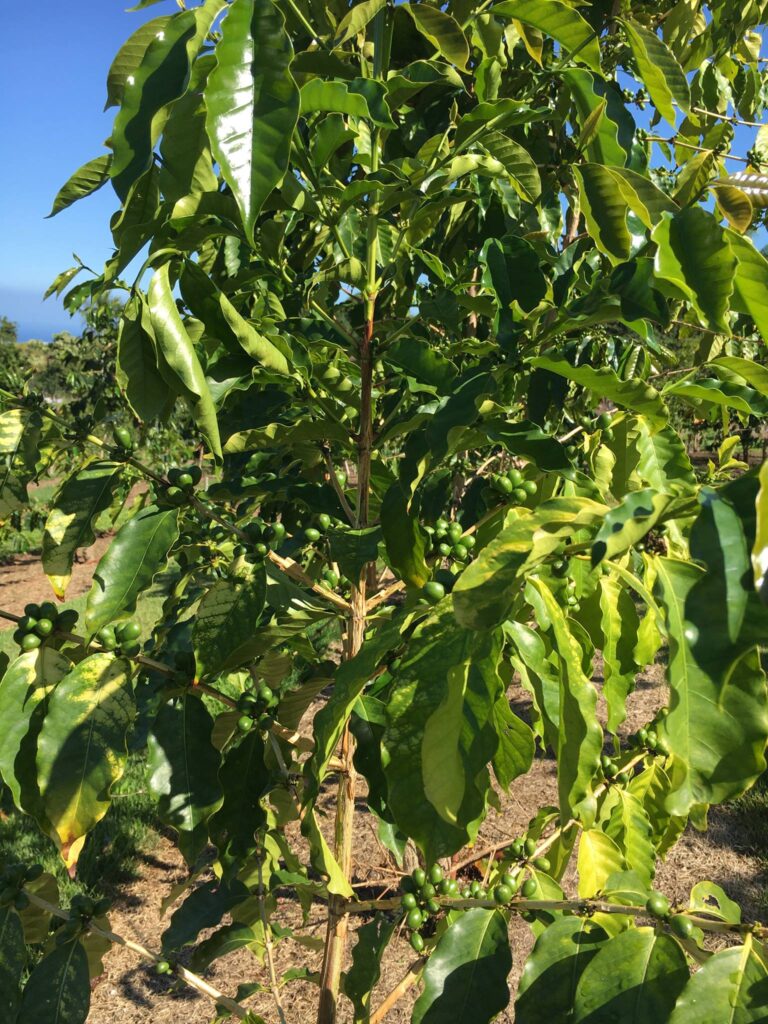

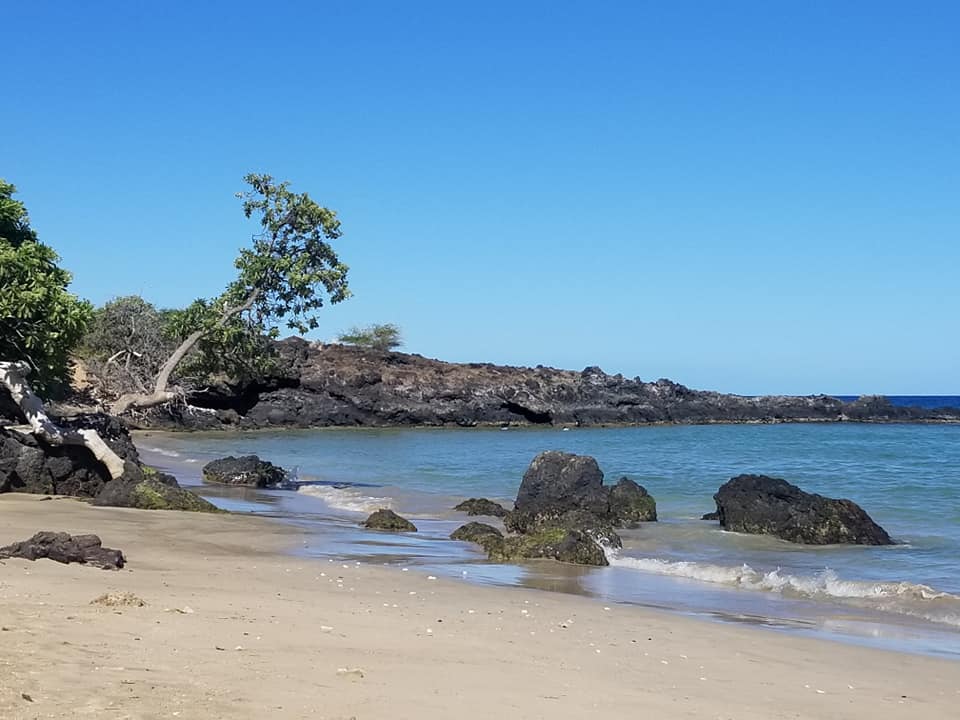
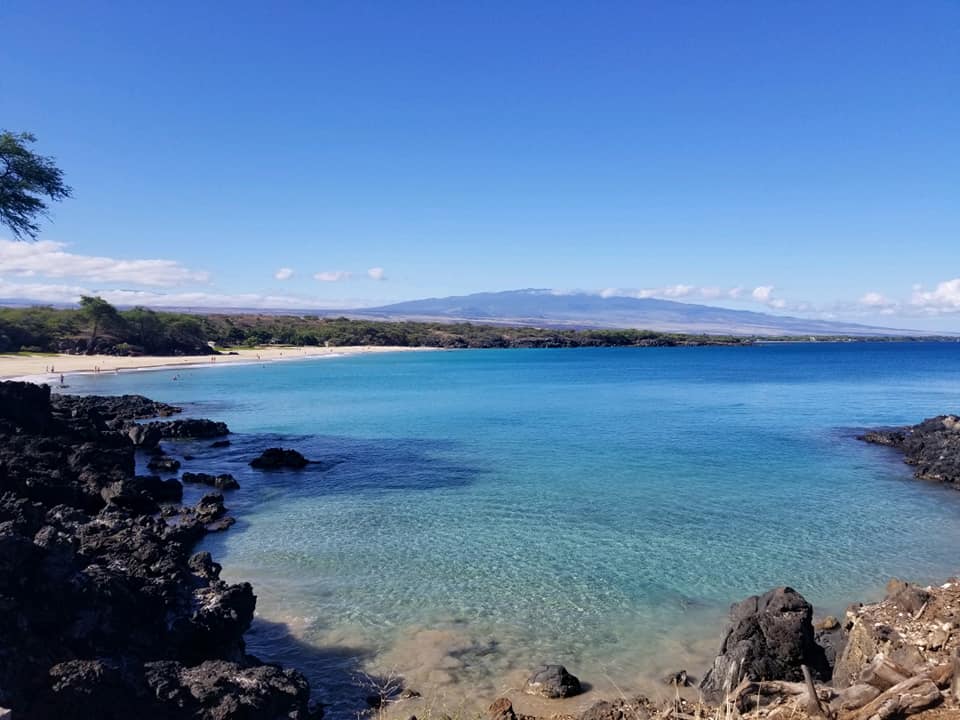
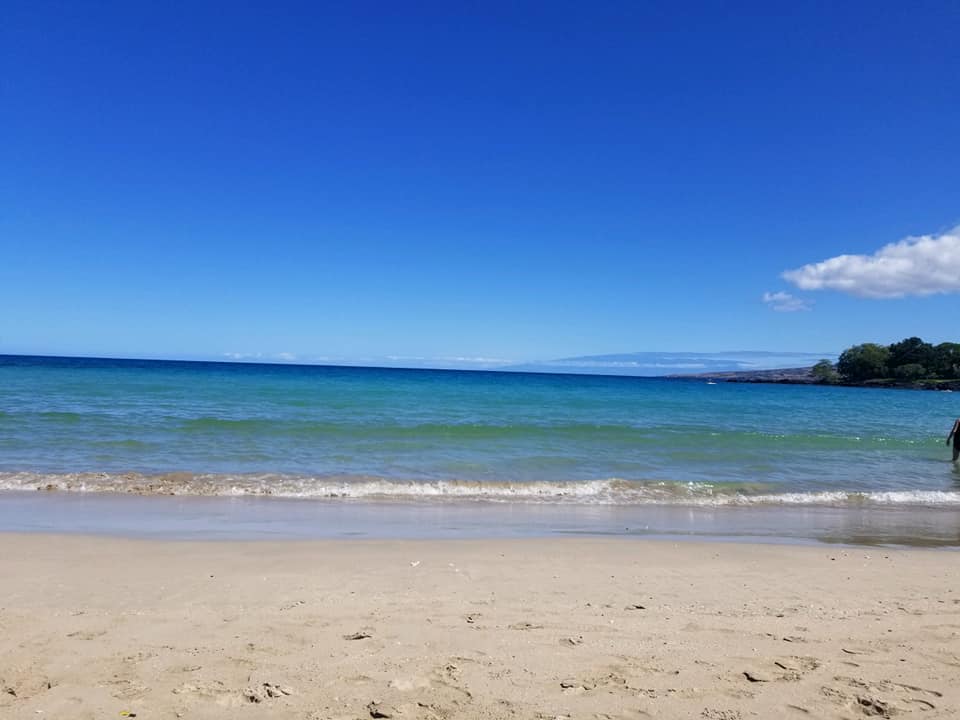
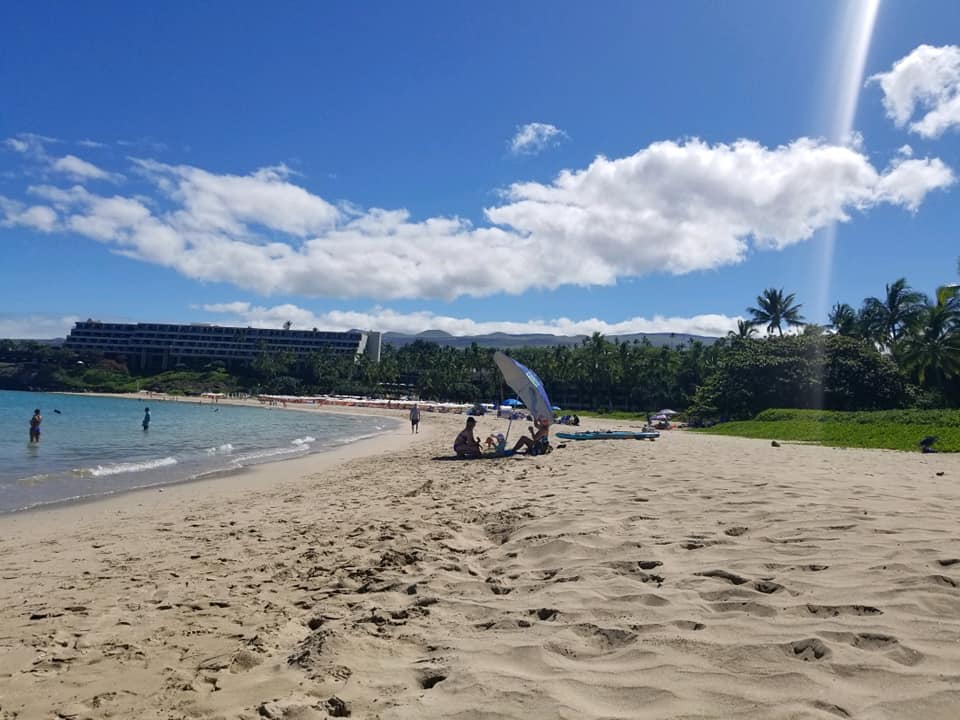





Leave a Reply